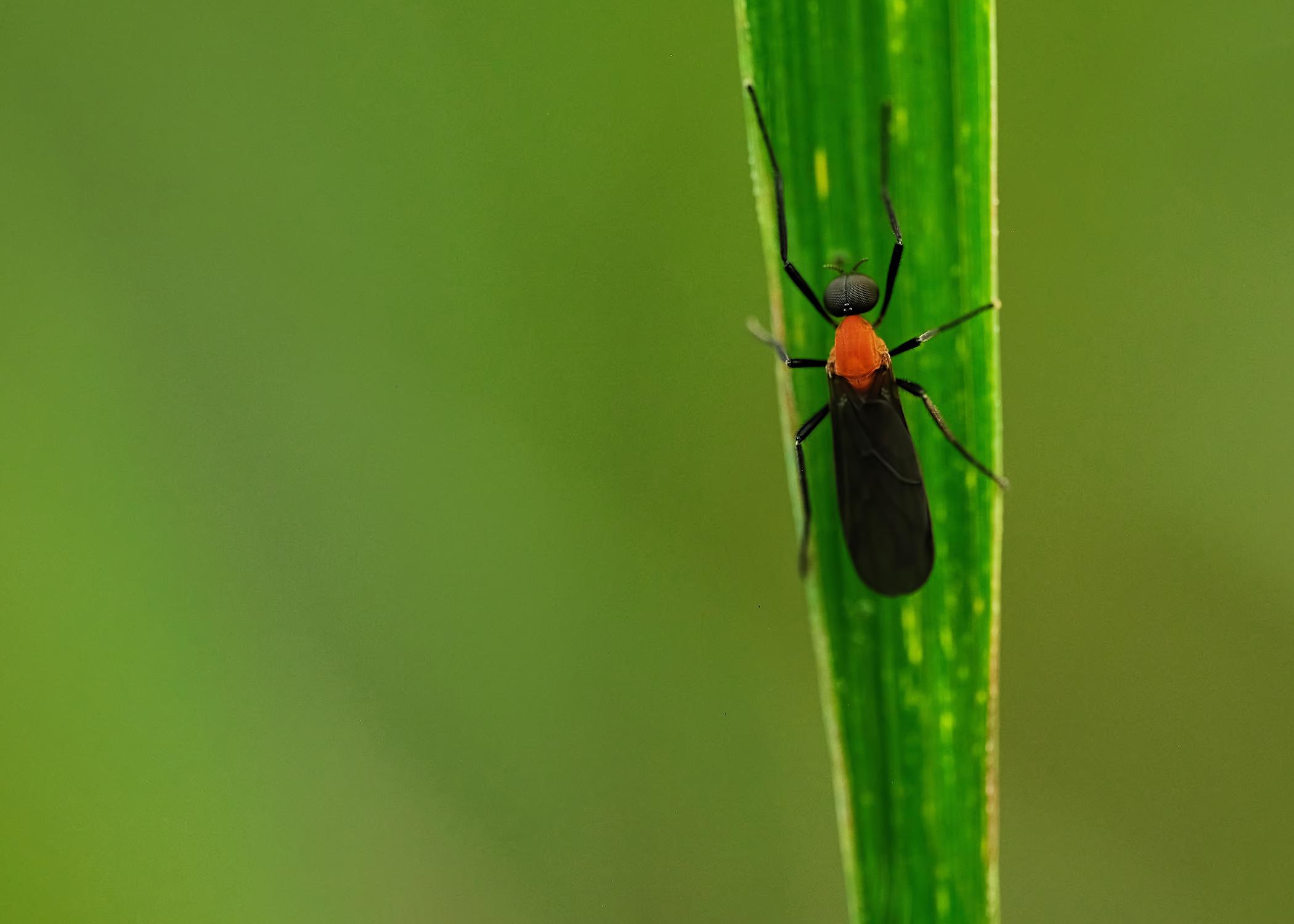Spotted Wing Drosophila Q&A
Video by Susan Collins-Smith
The invasive species of fruit fly, Spotted Wing Drosophila, can wreak havoc on the state’s largest commercial fruit crop – blueberries. But homeowners likely won’t find it to be a significant problem.
Eric Stafne, the Mississippi State University Extension fruit and nut specialist, answers some questions about the pest in blueberries.
Q: What is SWD?
A: Spotted Wing Drosophila is closely related to the fruit flies you see around overripe fruit, but SWD attacks healthy fruit. The invasive species is native to Asia and has been in Hawaii since the 1980s. It was first detected in California in 2008 and quickly spread across North America. SWD was first found in Mississippi in 2012.
Q: Why are they a problem?
A: SWD can cause substantial loss of berries and other fruits. While this pest is very problematic for commercial growers, homeowners generally will not find it to be a significant nuisance if harvested fruit is consumed or cooked immediately or the berries are frozen. Don’t hold berries for long in the refrigerator or at room temperature as they will leak from holes in the skin and worms or flies may emerge, which is due to damage done by the fly.
Q: How can people spot SWD in their crop?
A: SWD starts to target fruit when the berries start to change color from pink to blue. While these pests are not harmful to consume, they can cause crop loss in the field.
Q: How should people handle SWD in their crop?
A: While I don’t recommend a control strategy for homeowners, it is important to realize this invasive pest can cause damage. Insecticides are available for control of this pest, but it takes a diligent spray schedule to keep them at bay if the population is large. Traps are also available to determine when they are in the bushes, but these will not provide any control.
Subscribe to Extension for Real Life
Fill in the information below to receive a weekly update of our blog posts.









